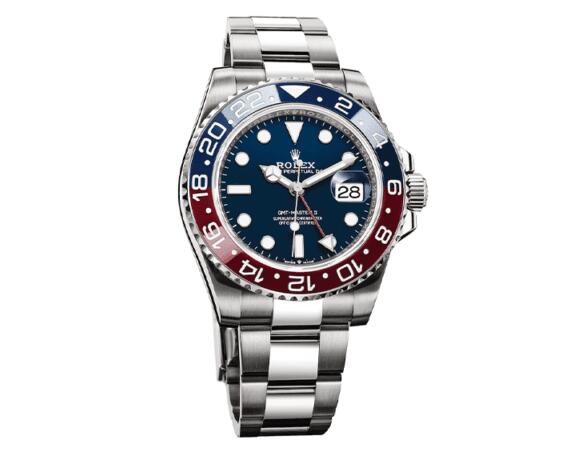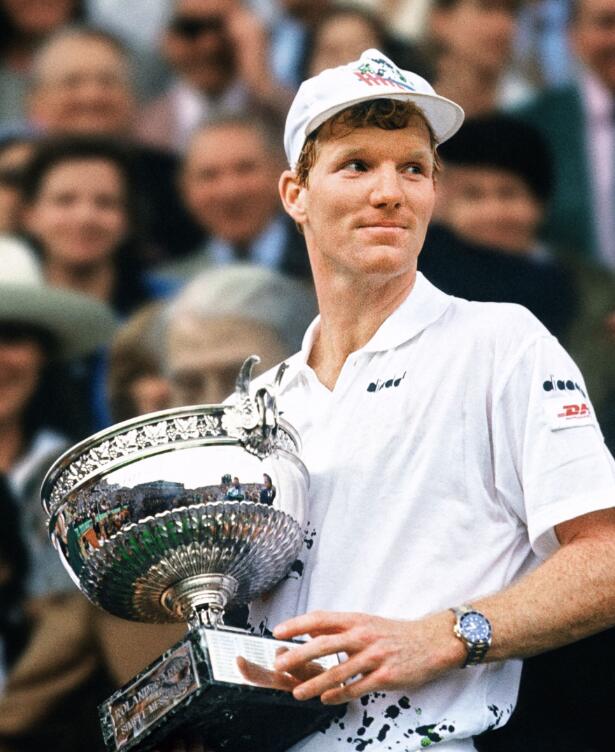For almost a century, best UK Rolex replica watches has partnered with the world’s most prestigious sporting events. From golf to Formula One, the Geneva-headquartered watchmaker has long been associated with sporting achievement, part of a wider strategy to make Rolex synonymous with the pursuit of excellence. But while it doesn’t openly pick favourites, it seems to enjoy a special affinity with one especially stylish sport in particular.
Over the years, AAA online Rolex fake watches has regularly added tennis players to its roster of testimonees, the designation it bestows upon its ambassadors. And boy, do they know how to pick them. Both this year’s Roland-Garros men’s singles and women’s singles winners – Spanish superstar Carlos Alcaraz and Polish clay specialist Iga Swiatek – are Rolex testimonees, after being talent-spotted early in their careers.
In recent years, the brand’s association with the sport’s most iconic tournaments has also deepened. Closely linked with Wimbledon since the 1970s, Swiss made replica Rolex watches became the official timekeeper at the Australian Open in 2008. Just before the pandemic it completed the set, becoming the exclusive partner of the US Open in 2018 and Roland-Garros in 2019, the French Open becoming the final piece of the puzzle that incontrovertibly associated the watchmaker with all four grand slam tournaments.
“You just know that if you see that green clock in the corner [of the court] that you’re in the right place,” said former grand slam champion Jim Courier when we spoke to him at Roland-Garros. Courier, also a Rolex testimonee, greeted us with a flash of his trademark winning smile and an easy charm when we sat down to talk in the Rolex hospitality suite, just above the baseline of the tournament’s iconic Court Philippe-Chatrier.
Before he headed back to the commentary booth, we spoke with the former French Open favourite about winning, watchmaking and the pursuit of excellence.
Back in 1991 you were down there on Philippe-Chatrier, facing your former roommate Andre Agassi in the final, knowing your life would change forever if you won and became a grand slam winner. What was your mindset during that famous game?
Coming into Roland-Garros, I gave myself a chance to win the tournament. I was feeling good about my physique, feeling good about my game. What I didn’t know was how I would feel in the later stages of a tournament, playing in a situation I’d never been in. And that’s the challenge for players when they play in a final for the first time – how do you manage the moment?
It was difficult because I wanted it to feel like any other match. But when I got out on the court, it felt so different because I realised I was playing in a life-changing moment. There are many good players who get to finals of majors but never win one in their career. I knew that if I won that match, my life would never be the same. The first set went by in a hurry; I was very much living an out-of-body experience.
But then I settled in, was able to regroup and able to find my way to the finish line. But that is one of the most fascinating parts of tennis for me: how do people react to first-time situations? How do they manage the moment? The players that can keep their head and control their emotions at the critical moments are the ones that lift these trophies. They’re the ones who can overcome the moment and be normal in an abnormal moment.
You are still the youngest men’s player to have reached the final of all four slams. You then maintained that level for most of a 20-year career. What’s the secret to sustained success?
One thing that my family instilled in me early on was the value of work and trying to get the most out of yourself. I didn’t start my career with any expectations. I had dreams, but I didn’t have an expectation that I was going to achieve great things. What separates players that can win these titles and players that are probably as talented but may not be able to, is being able to get comfortable in an uncomfortable situation.
It’s the same for high performers in other endeavours. You might be in that business meeting and you’re able to outthink the person on the other side of the table, or play the game the right way, in those high-stakes environments and be comfortable as opposed to being overly anxious and nervous, which means you make a mistake.
How does your career at the top compare to how you’ve observed Rolex approach the craft of watchmaking?
Cheap Rolex copy watches has been setting the bar for so long. And it’s hard to stay on top because you have so many people who want to be the best – in sport and in business.
But Rolex has a value system in place. They’re committed to their craft, committed to the perfection of their timepieces. There’s a timelessness to their pursuit of perfection. While they’re not immune to paying attention to new trends in technology, luxury Swiss Rolex replica watches is dedicated to continuing this legacy of excellence. They’re not going to bend too much to trends – they’re going to set trends by following the heart and soul of what the company is. That’s what I’ve noticed as a testimonee. There’s just this quiet determination to maintain the Rolex path.
If you were to pick a Rolex super clone watches for sale to wear to each grand slam that best represents the vibe of the tournament, what would they be?
At Wimbledon, I’d go with a classic all-gold timepiece. Keep it super classy, super simple. The US Open is pretty brash, pretty out there. I’d go with a platinum top Rolex Daytona replica watches with the rubberised bracelet there. At Roland-Garros, I think we would need a rose gold timepiece with a leather band. Very chic, the rose gold going a little bit with the vibe of the clay.
Australia is like the US. It’s a very modern setting and it’s got a lot of hustle and bustle. You need something sporty, because it’s such a sporty nation. I’d go with a black-faced high quality fake Rolex Air King watches. Yeah, I’m good with that!

